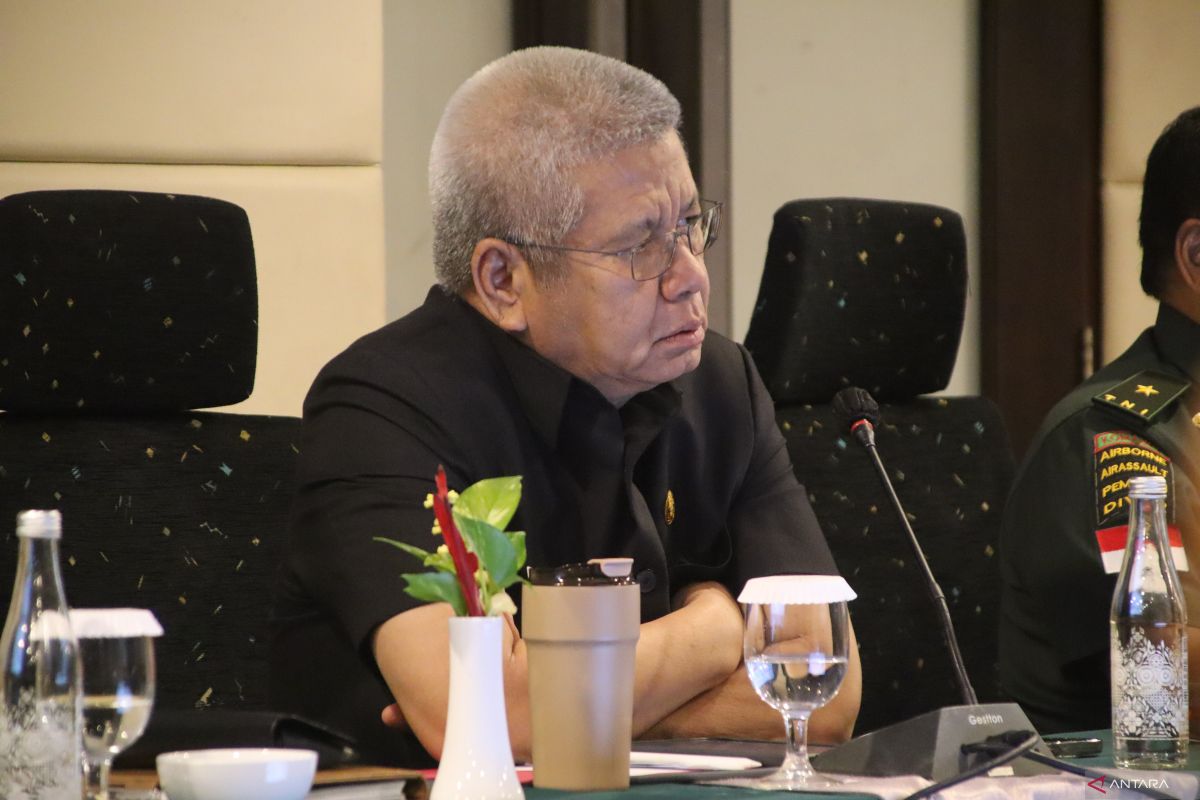
Para ilmuwan telah melakukan percobaan yang mendemonstrasikan pembalikan waktu gelombang elektromagnetik, yang memiliki implikasi potensial untuk komunikasi nirkabel dan komputasi optik.
Penemuan ini meletakkan dasar untuk aplikasi revolusioner dalam komunikasi nirkabel dan komputasi optik.
Saat kita bercermin, kita terbiasa melihat wajah kita menatap ke arah kita. Gambar yang dipantulkan dihasilkan oleh gelombang cahaya elektromagnetik yang memantul dari permukaan cermin, menciptakan fenomena umum yang disebut refleksi spasial. Demikian pula, pantulan spasial dari gelombang suara membentuk gema yang membawa kata-kata kita kembali kepada kita dalam urutan yang sama saat diucapkan.
Selama lebih dari enam dekade, para ilmuwan berasumsi bahwa bentuk pantulan gelombang yang berbeda, yang dikenal sebagai pantulan gelombang, dapat diamati Waktukuatau waktu, Refleksi. Tidak seperti refleksi spasial, yang muncul ketika gelombang cahaya atau suara menabrak batas seperti cermin atau dinding di lokasi tertentu dalam ruang, refleksi temporal muncul ketika gelombang bergerak secara tiba-tiba dan mengubah sifat-sifatnya melewatinya. semua ruang. Dalam peristiwa seperti itu, waktu bagian gelombang dibalik, dan frekuensinya digeser ke frekuensi baru.

(a) Refleks spasial konvensional: seseorang melihat wajahnya sendiri ketika dia melihat ke cermin, atau ketika dia berbicara, gema kembali dalam urutan yang sama. (b) Refleksi waktu: seseorang melihat punggungnya ketika dia melihat ke cermin, dan melihat dirinya dalam berbagai warna. Mereka mendengar gema mereka dalam urutan terbalik, mirip dengan pita yang diputar ulang. Kredit: Andrea Allo
Sampai saat ini, fenomena ini belum diamati untuk gelombang elektromagnetik. Alasan mendasar kurangnya bukti ini adalah bahwa sifat optik suatu material tidak dapat dengan mudah diubah dengan kecepatan dan besaran yang akan menghasilkan pembalikan waktu. Sekarang, bagaimanapun, dalam makalah yang baru diterbitkan di
“This has been really exciting to see, because of how long ago this counterintuitive phenomenon was predicted, and how different time-reflected waves behave compared to space-reflected ones,” said the paper’s corresponding author Andrea Alù, Distinguished Professor of Physics at The City University of New York Graduate Center and founding director of the CUNY ASRC Photonics Initiative. “Using a sophisticated metamaterial design, we were able to realize the conditions to change the material’s properties in time both abruptly and with a large contrast.”
This feat caused a significant portion of the broadband signals traveling in the metamaterial to be instantaneously time reversed and frequency converted. The effect forms a strange echo in which the last part of the signal is reflected first. As a result, if you were to look into a time mirror, your reflection would be flipped, and you would see your back instead of your face. In the acoustic version of this observation, you would hear sound similar to what is emitted during the rewinding of a tape.

Illustration of the experimental platform used to realize time reflections. A control signal (in green) is used to uniformly activate a set of switches distributed along a metal stripline. Upon closing/opening the switches, the electromagnetic impedance of this tailored metamaterial is abruptly decreased/increased, causing a broadband forward-propagating signal (in blue) to be partially time-reflected, (in red) with all its frequencies converted. (Adapted from Nature Physics.) Credit: Andrea Alu
The researchers also demonstrated that the duration of the time-reflected signals was stretched in time due to broadband frequency conversion. As a result, if the light signals were visible to our eyes, all their colors would be abruptly transformed, such that red would become green, orange would turn to blue, and yellow would appear violet.
To achieve their breakthrough, the researchers used engineered metamaterials. They injected broadband signals into a meandered strip of metal that was about 6 meters long, printed on a board and loaded with a dense array of electronic switches connected to reservoir capacitors. All the switches were then triggered at the same time, suddenly and uniformly doubling the impedance along the line. This quick and large change in electromagnetic properties produced a temporal interface, and the measured signals faithfully carried a time-reversed copy of the incoming signals.
The experiment demonstrated that it is possible to realize a time interface, producing efficient time reversal and frequency transformation of broadband electromagnetic waves. Both these operations offer new degrees of freedom for extreme wave control. The achievement can pave the way for exciting applications in wireless communications and for the development of small, low-energy, wave-based computers.
“The key roadblock that prevented time reflections in previous studies was the belief that it would require large amounts of energy to create a temporal interface,” said Gengyu Xu, the paper’s co-first author and a postdoctoral researcher at CUNY ASRC. “It is very difficult to change the properties of a medium quick enough, uniformly, and with enough contrast to time reflect electromagnetic signals because they oscillate very fast. Our idea was to avoid changing the properties of the host material, and instead create a metamaterial in which additional elements can be abruptly added or subtracted through fast switches.”
“The exotic electromagnetic properties of metamaterials have so far been engineered by combining in smart ways many spatial interfaces,” added co-first author Shixiong Yin, a graduate student at CUNY ASRC and at The City College of New York. “Our experiment shows that it is possible to add time interfaces into the mix, extending the degrees of freedom to manipulate waves. We also have been able to create a time version of a resonant cavity, which can be used to realize a new form of filtering technology for electromagnetic signals.”
The introduced metamaterial platform can powerfully combine multiple time interfaces, enabling electromagnetic time crystals and time metamaterials. Combined with tailored spatial interfaces, the discovery offers the potential to open new directions for photonic technologies, and new ways to enhance and manipulate wave-matter interactions.
Reference: “Observation of temporal reflection and broadband frequency translation at photonic time interfaces” by Hady Moussa, Gengyu Xu, Shixiong Yin, Emanuele Galiffi, Younes Ra’di and Andrea Alù, 13 March 2023, Nature Physics.
DOI: 10.1038/s41567-023-01975-y
This research was partially supported by the Air Force Office of Scientific Research and the Simons Foundation.

“Gamer yang sangat menawan. Ahli web. Sarjana TV. Pecandu makanan. Ninja media sosial yang rajin. Pelopor musik hardcore.”






More Stories
Generasi Milenial dan Generasi X menghadapi risiko lebih tinggi terkena 17 jenis kanker ini dibandingkan generasi baby boomer: ScienceAlert
Sebuah pencapaian penting bagi NASA dalam menemukan exoplanet
Gejala “Flu Teflon”: Apa yang perlu Anda ketahui di tengah meningkatnya kasus di Amerika Serikat